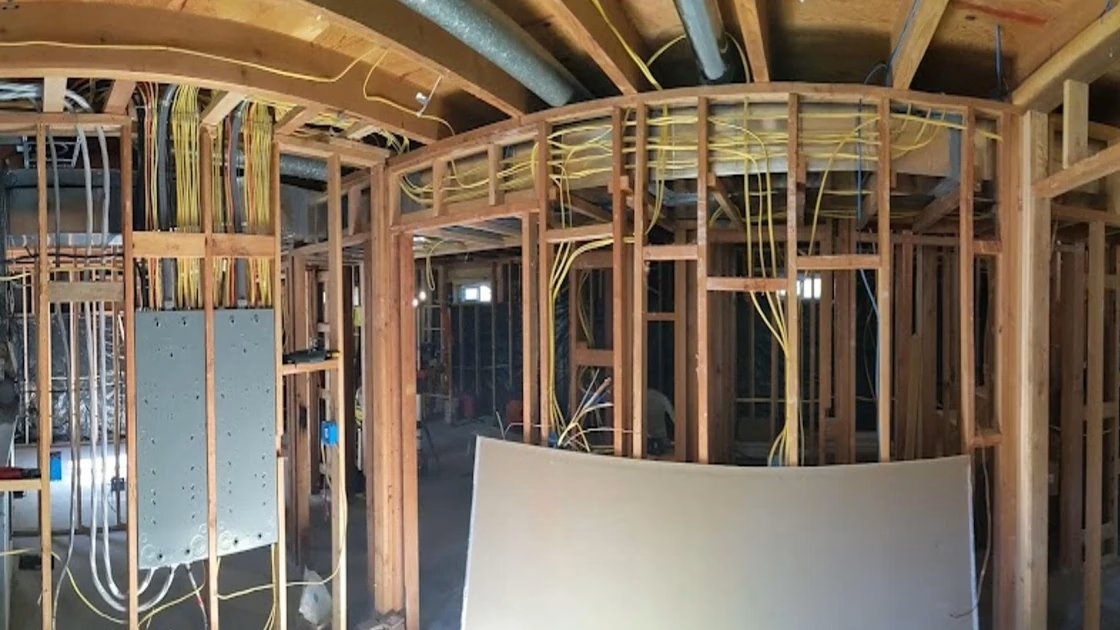How you present yourself sends a powerful message. It tells your team and your customers whether you take yourself and your work seriously. The standards can differ depending on the job site.
On a Construction Site
Appearance is generally more relaxed, but safety and durability are key. Your clothes will get dirty and damaged, but they should still be professional: durable work pants (like Carhartt or Dickies), proper work boots, and a shirt that isn’t baggy or unsafe.
On a Service Call
The standard is much higher. You are a guest in someone’s home or office. If you’re given a company work shirt, it should be clean. Good grooming is essential—clean fingernails, tidy hair. Looking and smelling clean isn’t just polite; it builds customer trust.
“Looking and smelling good helps you have a good day. It’s a form of self-respect that translates into respect for the work and the customer.”
The most valuable apprentices are the ones who don’t wait to be told what to do. They observe, learn the workflow, and start anticipating needs. This is how you go from being a helper to being an essential part of the operation.
Master the Daily Rhythm
As an apprentice, I made it my mission to learn the daily setup and breakdown routine. As soon as the van stopped, I was rolling out the power cords and neatly arranging the work boxes. At the end of the day, I had everything cleaned and put away in reverse. This simple, proactive habit meant my journeyman could start the real work faster and leave the site quicker. It made their day easier, which in turn made my position more valuable.
Just doing what you’re told isn’t enough. You have to understand *why* you’re doing it. Failure to grasp the ‘why’ can lead to disastrous and costly mistakes.
The Apprentice Who Stripped Too Much
I once had an apprentice tasked with preparing wires in new work boxes. He understood the “what”—strip the sheathing off the wires. However, he didn’t understand the “why”—that you only strip the very ends of the individual conductors for a device connection. He stripped the insulation off the conductors all the way back into the box. This created a dangerous situation where electricity could easily arc between the wires, creating a major fire hazard. We had to rerun all of those wires, wasting hours of labor and materials, all because the “why” was missed.
There will be tough days. There will be difficult people. Whether it’s a demanding customer or a frustrated journeyman, your ability to remain professional is what will define you.
“Remember this is but a step on a long path. The challenges you face today will fade, but the reputation you build by handling them with grace will last. Without the bad times, you wouldn’t truly appreciate the good ones.”
When you’re facing adversity, remind yourself what you’re working for. Your personal goals and your commitment to your craft are your anchor. Let that purpose guide your actions, not the temporary frustration of the moment.
With a professional mindset as your foundation, you’re ready to start thinking long-term. In Part 6, we will dive into “Planning Your Career Path” and look at the different roads you can take as you progress from apprentice to journeyman and beyond.


